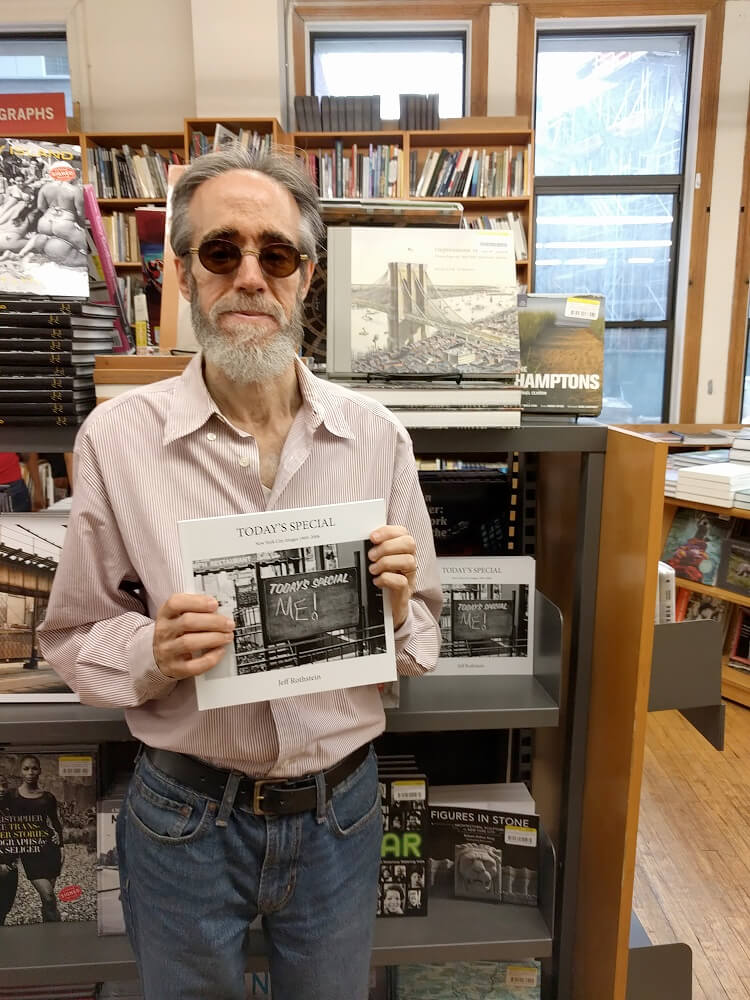Armed with 35mm cameras and black and white film, Jeff Rothstein has been chronicling New York City's streets for many decades. He considers himself an urban observer, capturing the city's environment, and most of all, those fleeting moments that will soon disappear into thin air.
His photos have appeared in numerous publications, culminating with the 2017 release of his photobook, Today's Special, New York City Images, 1969-2006.
The book is in the collection of many institutional libraries.
Art historian and critic Robert C. Morgan considers Rothstein's photos as appearing casual, but, in fact, filled with a paradoxical magnitude of intimacy combined with historical empathy.
He's still out there shooting his home city almost every day. A followup photobook is now in the planning stages.
Today's Special, New York City Images 1969-2006